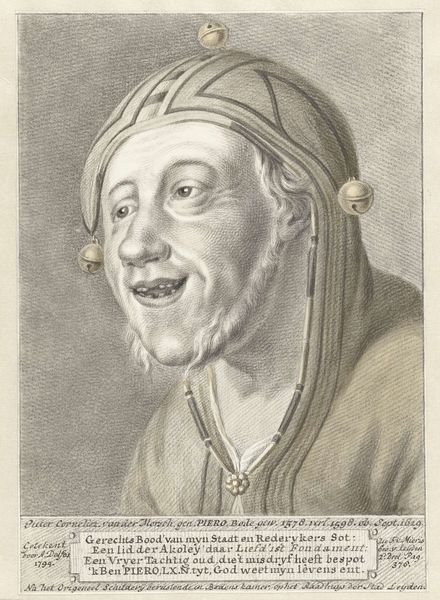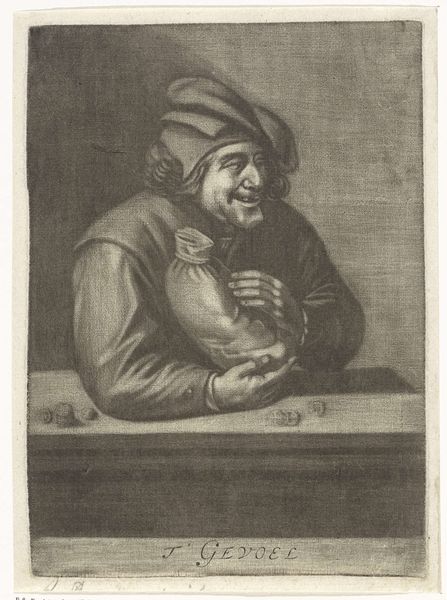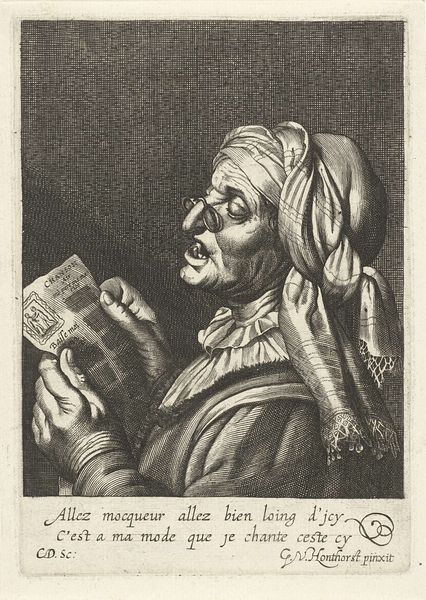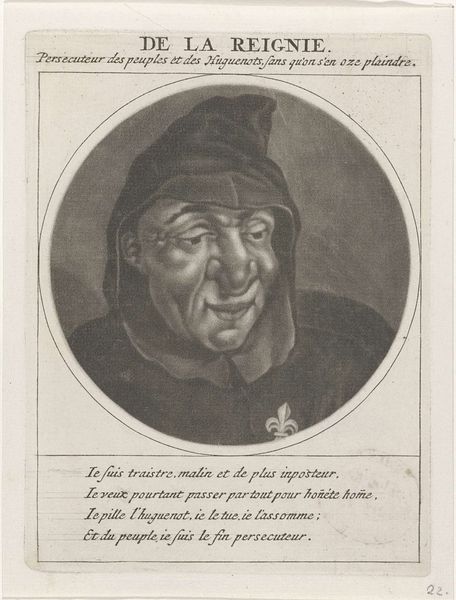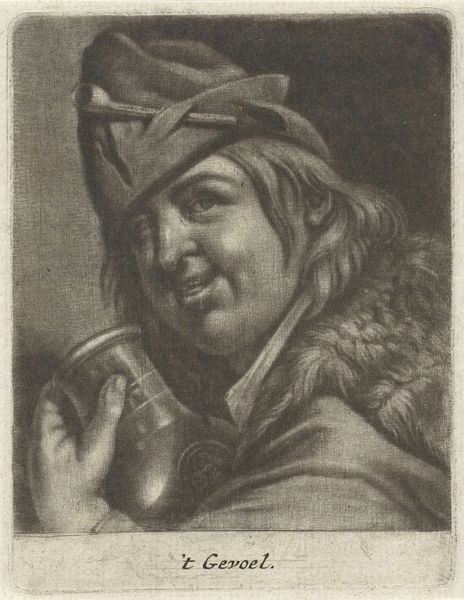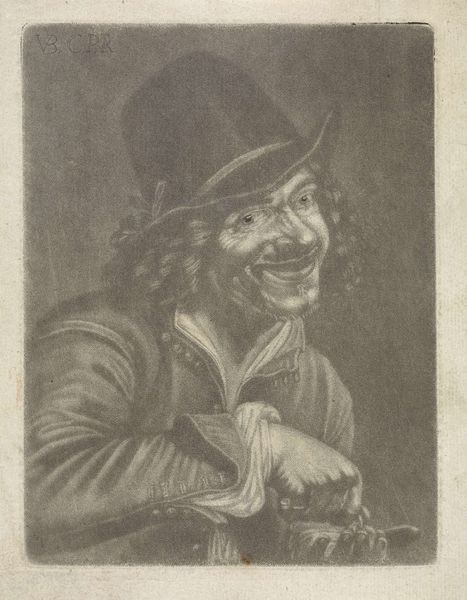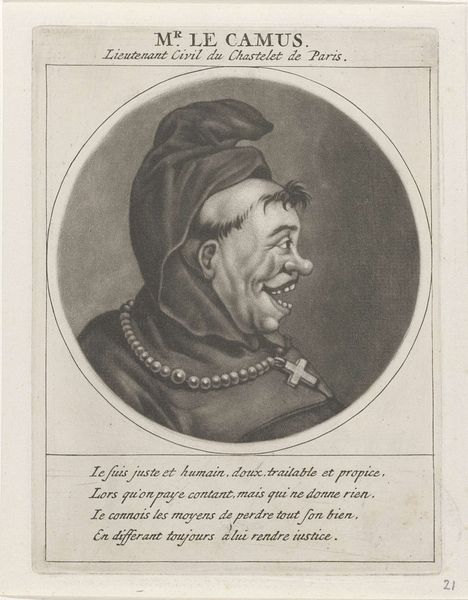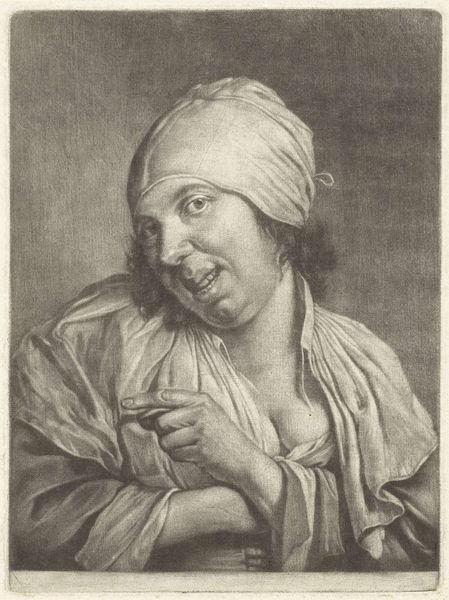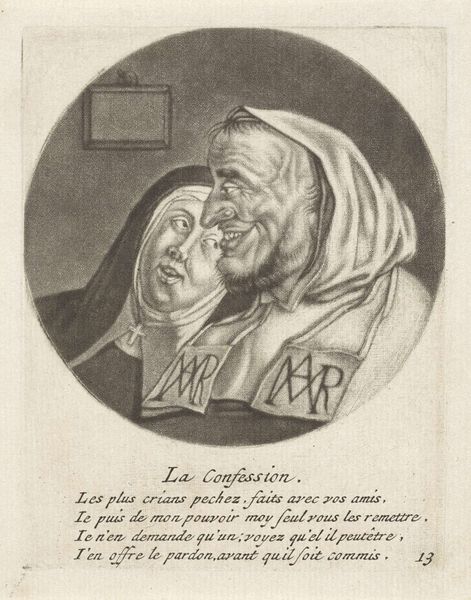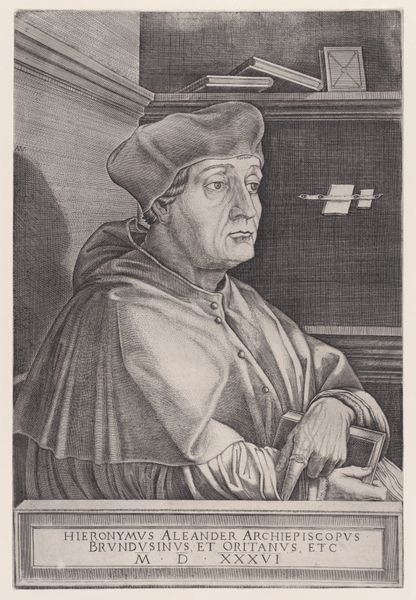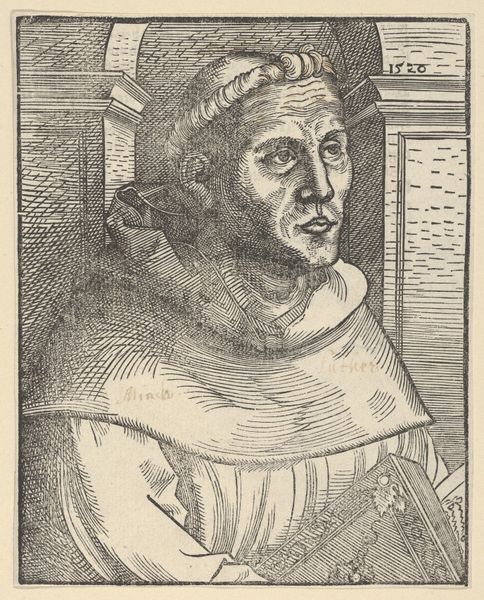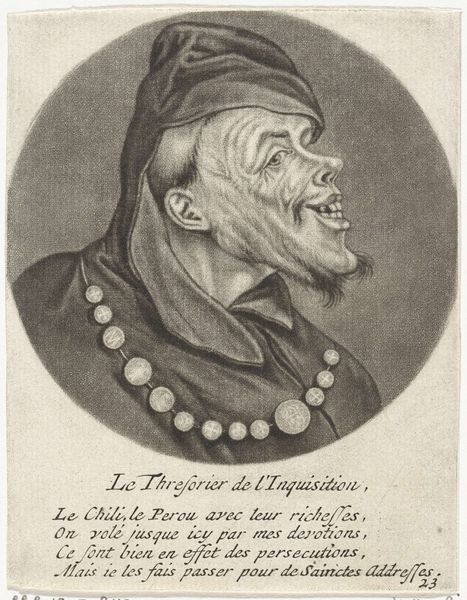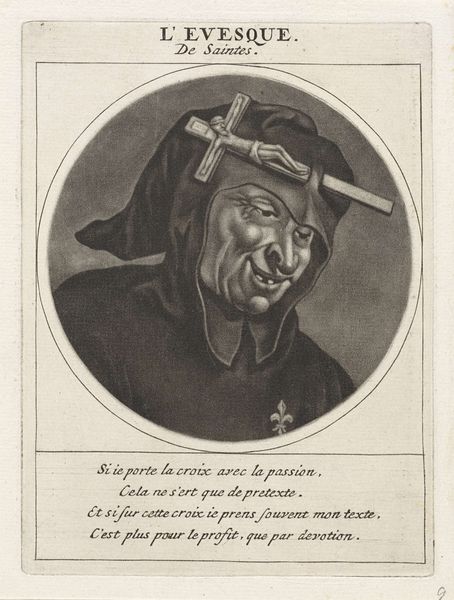
print, engraving
#
portrait
#
baroque
#
dutch-golden-age
# print
#
old engraving style
#
genre-painting
#
engraving
Dimensions: height 167 mm, width 118 mm
Copyright: Rijks Museum: Open Domain
Editor: This engraving, "Portret van Pieter Cornelisz. van der Morsch," attributed to Jacob Toorenvliet and dated sometime between 1651 and 1719, captures a smiling man with a rather interesting hat. It’s so detailed, particularly in the textures of the face and clothing. How would you analyze this piece from an art expert’s perspective? Curator: Formally, this work presents a fascinating study in contrasts. Consider the textures: the rough, almost granular rendering of the skin juxtaposed with the smoother, more linear depiction of the cap. And consider the light, how it falls across the face, accentuating the smile and the crinkles around the eyes. How does this play of light and shadow contribute to your understanding? Editor: I guess it draws my eye immediately to the expression, emphasizing the…almost unsettling nature of his grin. Curator: Precisely. The artist utilizes hatching and cross-hatching to create a remarkable range of tones within a monochrome medium. Notice the geometric structure within the hat and its deviation when placed in juxtaposition against the rest of his figure. It guides the viewer to consider which area of the work stands apart from its own geometric shape? How would the impression change without that structural element? Editor: Wow, I never really thought about prints having such intricate textural elements and contrasts before! I'll definitely be looking at them differently from now on. Thanks! Curator: Indeed, understanding how the artist manipulates line and tone within a restricted palette unlocks a deeper appreciation for the inherent qualities of the medium itself. My pleasure.
Comments
No comments
Be the first to comment and join the conversation on the ultimate creative platform.
